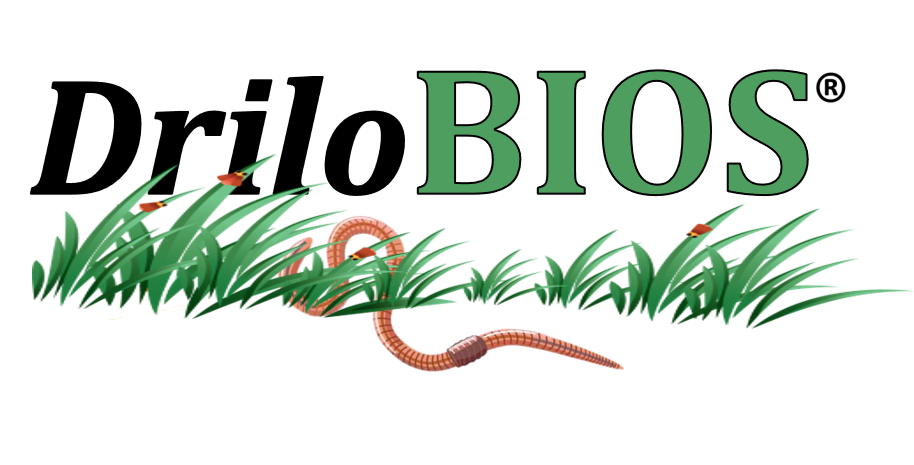A propos
DriloBIOS est né d’un double constat :
- Alors que la faune du sol en général, et les vers de terre en particuliers, sont une composante cruciale du fonctionnement des écosystèmes terrestres, elle est à la fois mal connue et très peu prise en compte dans la caractérisation des milieux naturels ou dans les études d’impact. Pourtant, aussi bien la macrofaune (vers de terre, fourmis, larves d’insectes…) que la mésofaune (collemboles, acariens…) constituent de véritables « ingénieurs de l’écosystème » à l’origine de la structure du sol, élément à la base de la structuration des habitats. Sans leur activité de décomposeurs et de recycleurs de la matière organique, aucune vie ne serait possible. Sans elles, les plantes n’auraient pas accès aux nutriments du sol.
- L’immense diversité de la faune du sol, son caractère peu visible et sa complexité entraine une grande carence en spécialistes, notamment en taxonomistes capables d’en identifier les espèces et leur rôle dans l’écosystème. Uniquement pour les vers de terre, seules quelques spécialistes dans le monde sont en mesure d’effectuer des inventaires d’espèces et une poignée d’entre-eux ont une expertise permettant une analyse fonctionnelle des communautés au sein d’un sol. Cette carence en spécialistes et ce manque d’investigations fait que, quasiment chaque mois, de nouvelles espèces pour la science sont découvertes dans le monde, notamment en milieu tropical. Et si la diversité des vers de terre des pays tempérés est mieux connue, des espèces nouvelles continuent d’être découverte y compris en France, telles deux espèces que nous avons récemment décrit pour la première fois dans le cadre d’un inventaire au sein du Parc national de Port-Cros et des iles d’Hyères.

« Sur la base de ce double constat et après avoir passé près de 30 ans dans la recherche académique, j’ai décidé de lancer DriloBIOS, première structure en Europe à proposer un inventaire taxonomique et un diagnostique fonctionnel des vers de terre à l’échelle des espèces, que se soit en milieux naturels, anthropisés ou contaminés. Jusqu’à aujourd’hui, mes travaux, au sein de plusieurs instituts de recherche (en France, au Canada, en Grande-Bretagne et en Norvège) et en collaboration avec de nombreuses structures internationales, se sont concentrés d’une part sur la taxonomie et la biogéographie des vers de terre tempérés et tropicaux, notamment en Europe, en Amérique centrale et en Amérique du sud, et d’autre part sur l’impact de contaminations d’origines anthropiques (métaux, nanoparticules, radioactivité) sur leur écologie, leur physiologie et leurs processus cellulaires. J’ai ainsi été amené, avec une double casquette de taxonomiste et d’écologue, à effectuer près de 70 missions en forêt amazonienne de Guyane française et, avec une casquette d’écotoxicologue, à étudier pendant plusieurs années l’impact de la radioactivité sur la faune du sol au sein des zones d’exclusion de Tchernobyl et de Fukushima. »
Ces travaux de recherche ont donné lieu à de nombreuses publications scientifiques (sélection ci-dessous). Aujourd’hui, le cumul de cette expérience associé à un réseau de partenaires et une base de données unique des traits fonctionnels des vers de terre de France constitue le socle de DrioloBIOS.











